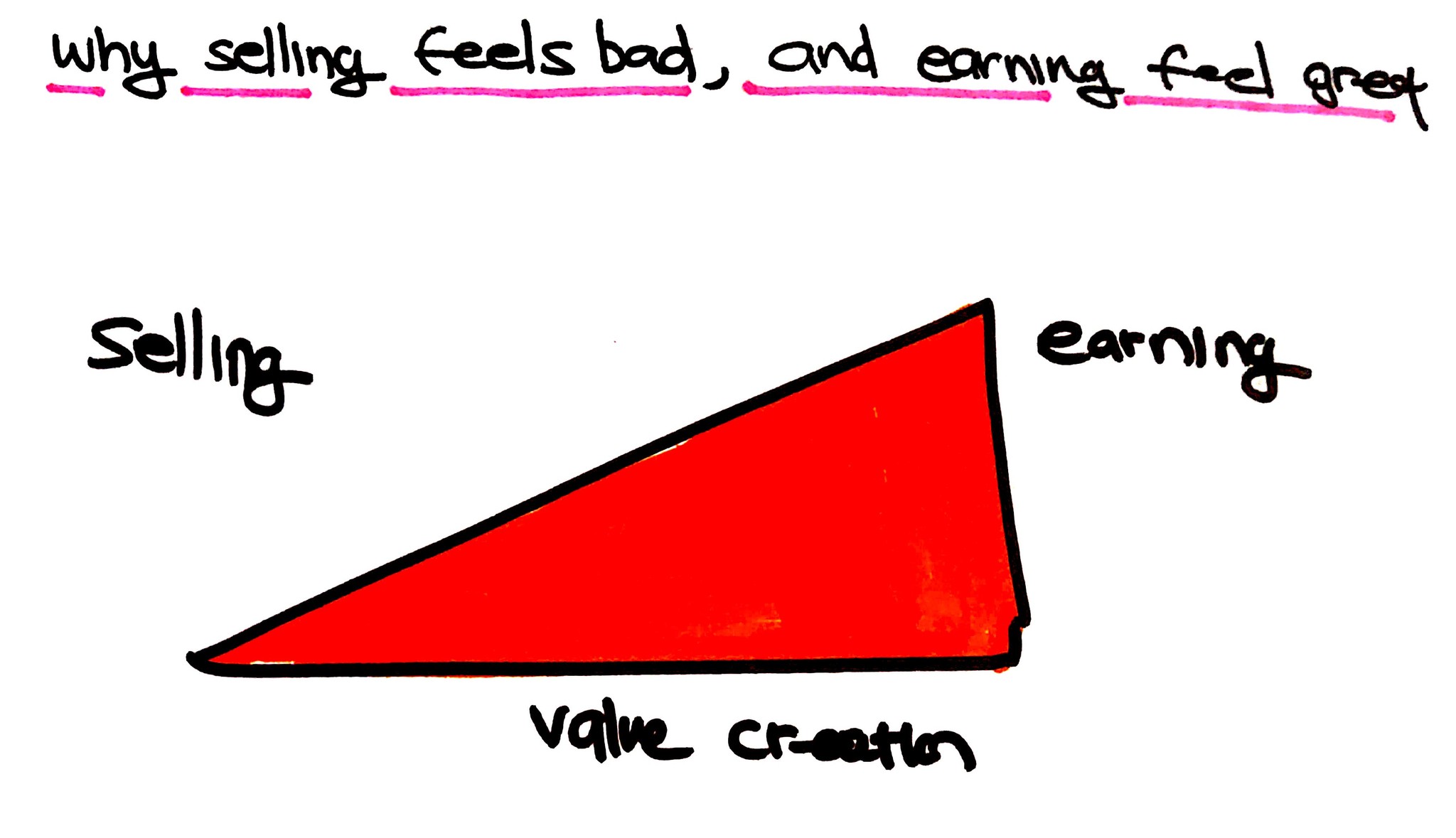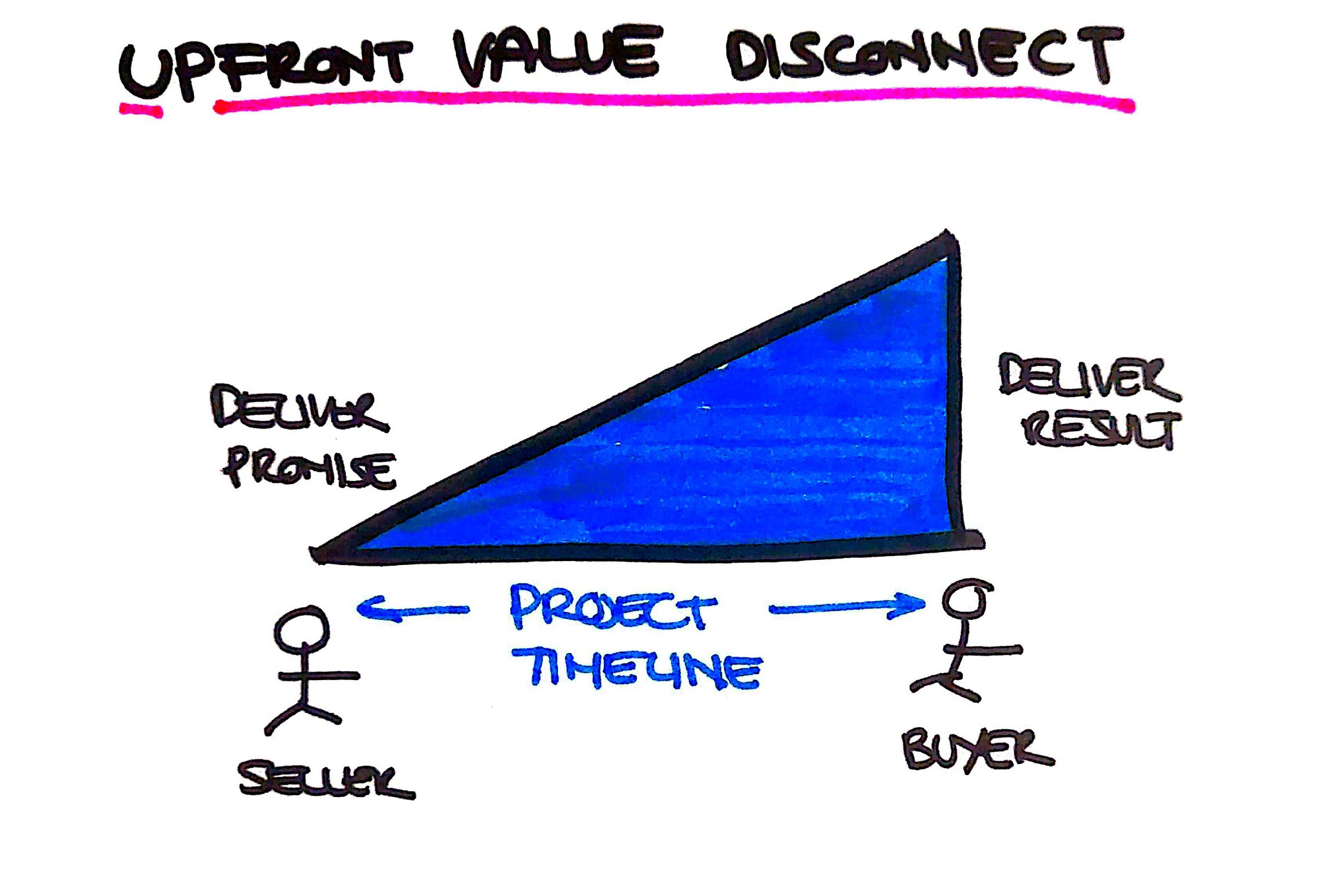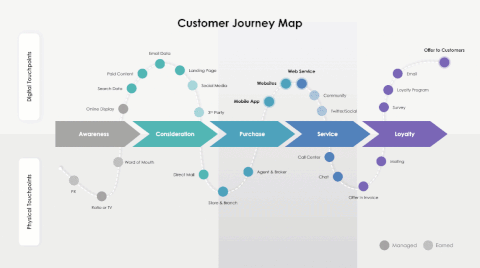It was a long flight from Los Angeles to Birmingham. I missed my connecting flight in Denver due to a weird weather pattern, so by the time my plane landed it was almost morning the next day. I was working as a sales engineer for a large defense contractor, assigned to handle the deep south region: Tennessee to the north, Georgia to the east, Florida and the Gulf of Mexico to the south, and Mississippi to the west.
By the time I checked into my hotel room, the conference was set to start in a couple hours. After a short nap and quick shower, I walked briskly across the street to the Birmingham Jefferson Convention Complex. The place was already packed with conference attendees. I quickly made a beeline to my assigned booth while my impatient boss stared at me, pointing to his watch.

Aerospace Trade Show
This had been my life for the past three years. The cycle was relentless. Every three months, this type of event repeated itself as I worked my way from an engineer position to one of the company's best sales engineers, winning multiple sales awards.
As with any sales team, every team member has a sales quota to meet for every event. As soon as the goal is reached, the sales manager will increase the goal for the next year.
This job required me to talk to customers all the time. That, and the pressure made this one of the most challenging jobs of my life, considering I am an introvert who prefers to work behind-the-scenes. I learned from it crucial sales experience that, in the end, made the pain worthwhile.
I love the part when the customer comes to me with their problem. I love the part when they trust me with their struggle. The thing that I dislike is the part right after that.
A. Selling is rewarding bad behavior
The reason why you feel bad about doing sales, at least in my humble opinion, is because sales requires you to distract your potential customers away from their problem, and focus instead on the product that you are selling as the solution.

Selling chart
Let me explain. For example, let's say you are selling an expensive stand-up desk designed to handle a heavy computer. And then a new customer comes to you with their problem. They say they need a standing desk to stay healthy while working from home. A typical salesperson will try to talk up the features of the product they're selling, regardless of what the customer actually needs. Your goal is always ABC—"Always Be Closing." Using one of many sales pressure techniques, you can eventually wear down any person's objections and close your sale.
The upfront value disconnect
The key here is to collect the value as soon as possible. In this case, that means the goal is selling the product, and not worrying about whether it will fulfill the customer's goal in the long run. In e-commerce, we take this sales pressure and weaponize it using software automation.
With software robots, every single time you visit a website, tons of ads start stalking you the minute you leave the site. They only leave you alone after you place your purchase.

Upfront value disconnect
This is the upfront value disconnect—that's the problem that results from ignoring the customer's timeline and priorities. Using either a huge discount or free shipping, the seller entices the customer to make the purchase. Maybe they add a countdown timer set to when the deal "expires," to increase the pressure on the customer to buy now.
When you inevitably realize you didn't want the thing you bought, they hope that you will either forget to return it or not want to handle the hassle of returning the package.
B. Quality marketing: Branding is vital in the digital era

Amazon is currently the five hundred pound gorilla in the e-commerce world. It gobbles up small, medium and even large size brands every quarter. The pace of destruction is not only growing faster, but it is also doubling the damage—due to small businesses being locked down during COVID.
Many of these small and medium sized businesses were already struggling before COVID. When COVID hit, local governments' uneven shutdown mandates sent these struggling businesses to the graveyard, while allowing large retail chains such as Target and Walmart to remain open. The post-COVID era will only create larger divides between small business and super large business, with middle size business decimated.
In the new normal, it is most important to come up with unique selling processes that understand your customer better than anyone, better even than Amazon. Your unique selling process is will be your digital brand. This is the only way to fight Amazon and stay afloat.
Before starting, let's define what a brand is. A brand is not simply a familiar tagline like Nike's "Just Do It." It is your promise to your customer; it is your voice and assurance that is delivered via your unique selling process.

When people buy Nike, they buy Nike's vision of the future of Sport, and Nike's promise to deliver the highest-quality sports products—products that satisfy only the best of the best. People like Serena Williams, Tiger Woods and Rafael Nadal.
When selling online, your customers do not have the luxury of trying the product out in store. It's mostly done sight unseen, and the customers need to buy into the brand promise and be willing to take the risk of doing business with someone they have never done business with before. This is why it is important to focus on connecting with your customer and to truly understand what their goal is.
The problem is that building a consistent promise takes a long time to earn, and can be so easy to break. From the small company's point of view, this type of branding's too expensive. So they go for the fastest route ie: "spray and pray" with heavy discounts. This creates a slippery slope to quickly becoming an irrelevant brand that can only compete on price.
C. The wrong ways to do digital marketing
As humans, we have lazy brains, and we can thank our ancestors for them. After millions of years of evolution, the human brain became wired to do less for more, in order to increase the likelihood that our ancestors would survive. Expending unnecessary energy would have made early humans more vulnerable to predators or environmental factors. Conserving energy was helpful for them when competing against rivals, fighting, hunting for prey, and searching for food. Living in modern societies does not require this approach, but our brains still have this bias toward thinking less.
We carry this predilection especially when doing something uncomfortable such as sales and marketing. The world of digital marketing is so full of software tools that promise a get-rich-quick scheme. All you need to do is install their apps, and voila—you are now the next company that will be featured by Oprah.
We tend to sacrifice the long-term benefit for the short-term rush. It's true that it is easy to get started with these tools and tricks, and at the beginning the results speak for themselves. Over the long run, though, the results will slowly ruin your brand promise and your customer will think you are an asshole.

Here are couple examples of what not to do when running a digital marketing campaign:
1. Spray and Pray
Spray and Pray is the most common mistake startup brands make. The Spray and Pray marketing approach is about "spraying" as many advertisements out to as many people as possible, and "praying" that it will annoy your potential customers enough that they will decide to buy your products, just to get this over with. Typically it is done without properly understanding the customer's motivation and reasons for why they might consider buying your product. The campaign goals are primarily set by one number: conversion rates.
The main reason why so many brands are attracted to this approach has to do with production time and cost. The process of going from idea to product creation is lengthy and time consuming. It's not uncommon for it to take two to three years to get to that point. By the time products are ready to hit the market, the owner is already burned out. At this point, marketing is considered an afterthought, and the business owner is trying—sometimes frantically—to recover their investment.
Without a purpose, you can end up with an advertising campaign that hits the market but doesn't have any real impact.

Spray and pray
While using this method, you will do a ton of things because you think you need to be doing them. You'll get on Facebook, start a YouTube channel, host a podcast, and maybe even write some blog posts and send out some direct mailers. Pursuing all of these outlets can generate solid leads for your business, but if you don't know why you're doing them, they are just random activities.
Then you sit back and wait, hoping that someone will notice and take action.
Because it is an untargeted message, it only increases communication noise to your customer. Most often what happens is your customers will ignore the ad or delete the e-mail without even giving it a read. Unless your content is consciously linked to your customer's end goal, it will simply exhaust you and your physical resources: money, time and energy.
The more focused you are in who you want to attract and the more targeted your marketing is, the more successful you will be in winning more clients and customers.
Brands prefer the spray and pray marketing approach because sending out generic, untargeted content/advertising is quicker and easier than sending out quality, well-targeted pieces. A focused approach takes time, effort, research, and sometimes risk as well. But it’s worth the investment, and will probably yield better returns.
2. Excessive Stalking
With the rise of social media, you can now easily track your customers' behavior by paying Facebook and Twitter. This is called Customer Retargeting. Retargeting is great when it is used properly. However, like spray and pray, many brands use and reuse this practice excessively and without any regard to their customers' goals.

It is a bad time to do a retargeting campaign when:
Your ads are shown to customers when they are not ready to buy yet.
Retargeting ads are run even after your customer has already purchased.
Someone visits your website for the first time.
You're running the same ad campaign over and over again. The solution here is to please use a frequency cap when running retargeting ads.
D. Mindset Shift: Embracing the consumer journey and path to purchase
So, how do you market your brand without being an asshole? Instead of thinking about things in terms of you selling products and trying to make money on the transaction, you want to try to think about it like selling an experience. In short, instead of selling products, you're selling experience.

Customer Journey Map
You can start by creating a customer journey map. A customer journey is also known as a customer's "path to purchase." How did your existing customers come to find out about your product or services? What was the journey they took, going through the process that finally led them to purchase? Mostly this is done through digital products, such as Google searches.
In short, you want to know why your customer wants your products. A lot of people forget about this, but it is actually incredibly helpful to know what the problem is that your customer is trying to solve. Having this information about existing customers can help you target potential customers.
A tool like UXpressia (UXPressia.com) can help you create a map with your customer in the center. You can also book a consulting session with Y-Verge directly and we can help you create your customer journey map and plan some strategies that make sense for marketing your brand.
